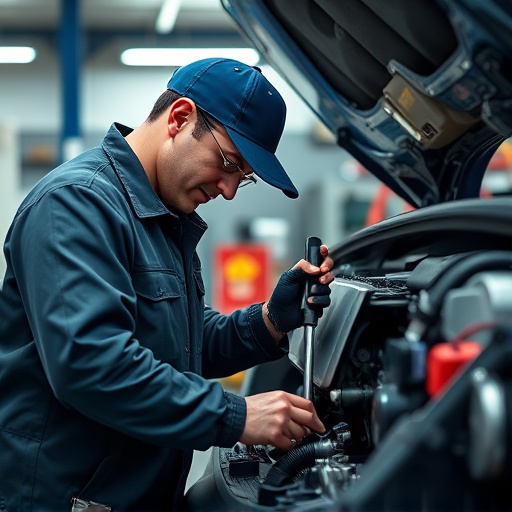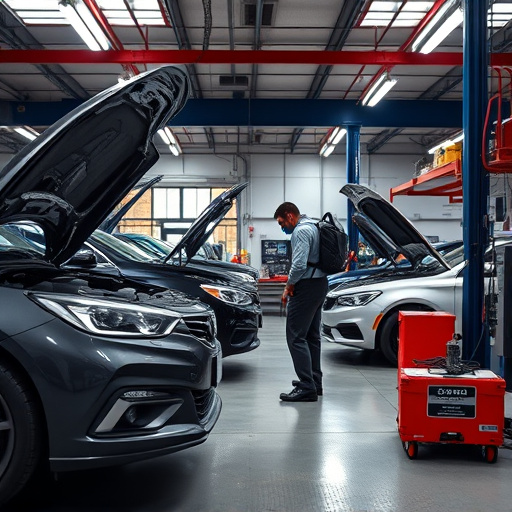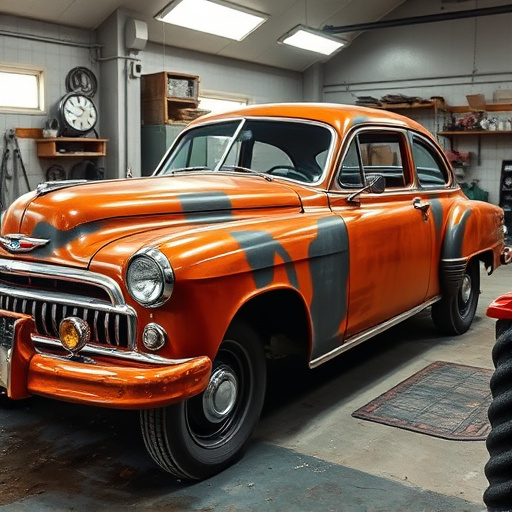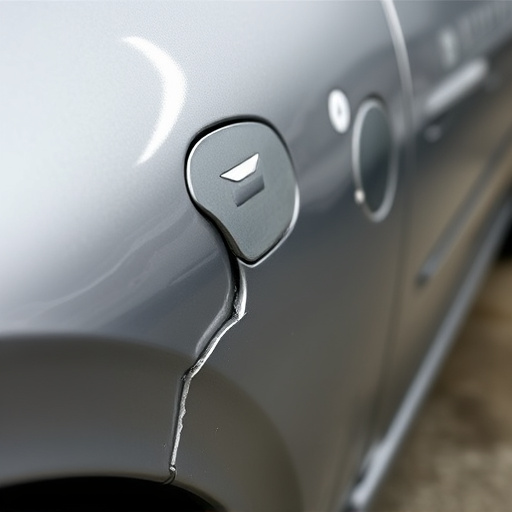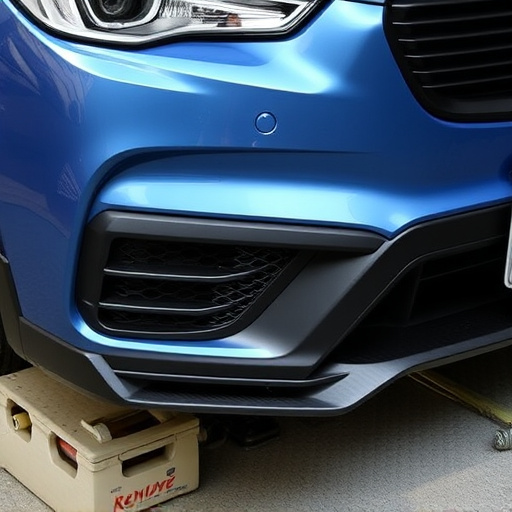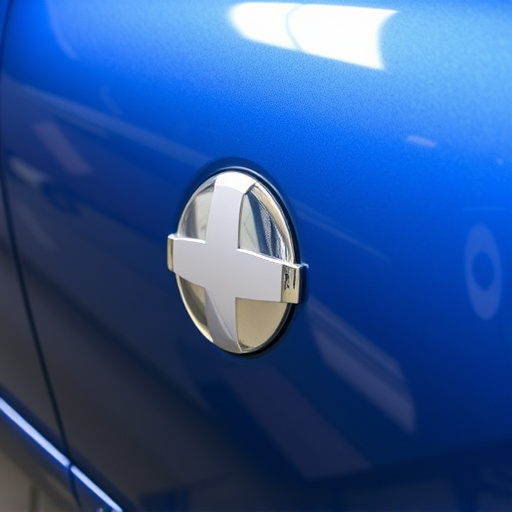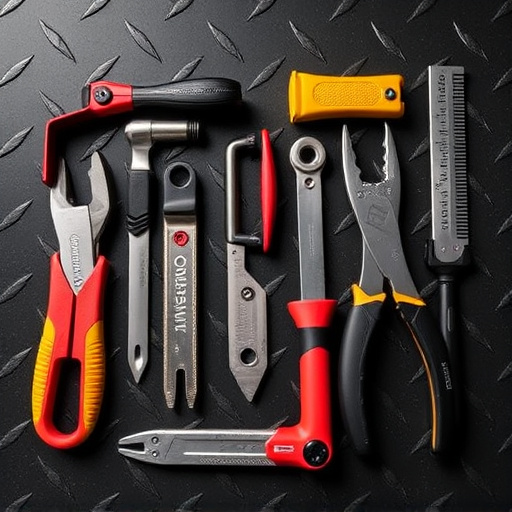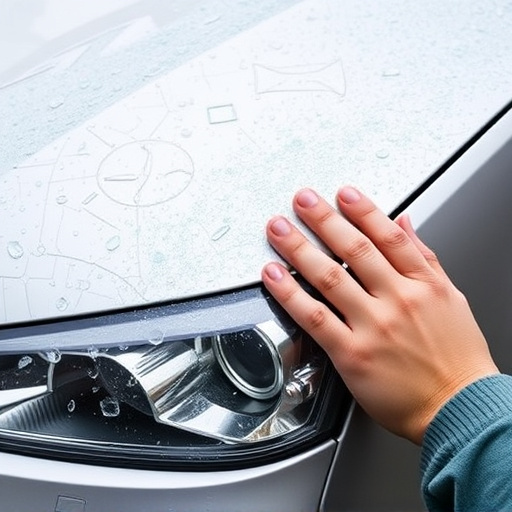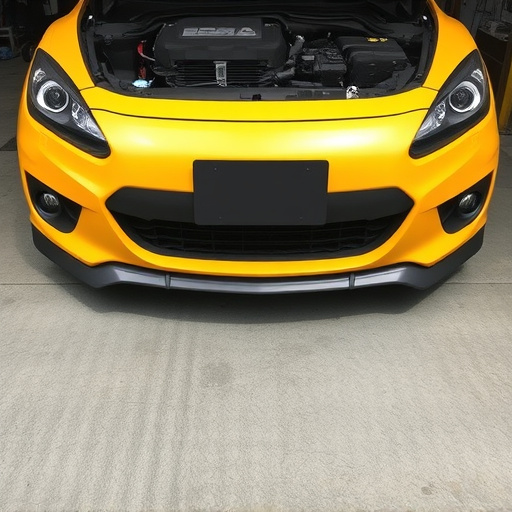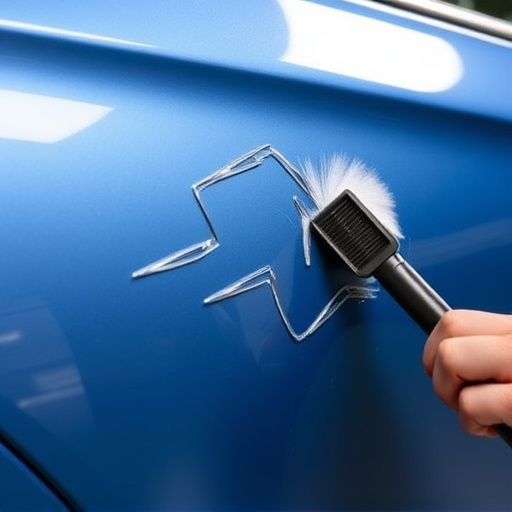Trim restoration collision techniques are essential for restoring vehicles to pre-incident condition, addressing minor to severe damages on doors and fenders. Mastering frame straightening and precision reassembly ensures both visual and structural integrity. Training with interactive workshops, CAD software, and realistic scenario practice enhances technician skills, fostering adaptability and innovation in trim restoration collision services, ultimately achieving superior outcomes.
Effective trim restoration collision techniques are vital for any automotive business aiming to provide top-notch service. This comprehensive guide explores the essentials of staff training in this specialized area. We’ll delve into the fundamentals of trim restoration collisions, uncover proven training methods designed to enhance skillsets, and emphasize the importance of practicing realistic scenarios for mastery. By the end, you’ll be equipped with strategies to empower your team and elevate your collision repair standards.
- Understanding Trim Restoration Collision Basics
- Training Methods for Improved Techniques
- Practicing Realistic Scenarios for Mastery
Understanding Trim Restoration Collision Basics
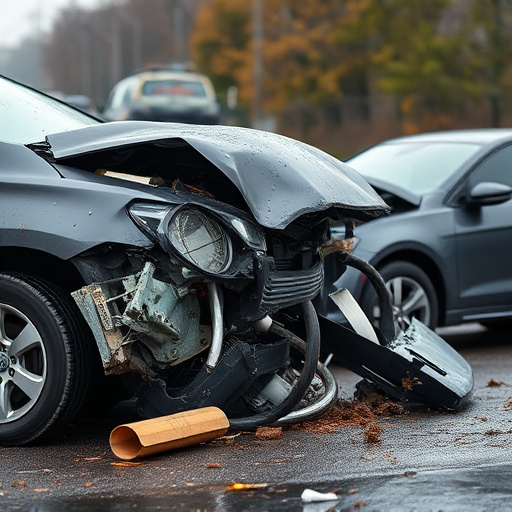
In the realm of automotive maintenance, trim restoration collision techniques are a critical aspect of ensuring vehicles return to their pre-incident condition. Understanding the basics involves grasping how these specialized methods address various types of damage, from minor hail damage repair to more extensive fender bender accidents. Trim restoration focuses on the intricate details—the doors, fenders, and other exterior elements that define a vehicle’s aesthetic appeal. These collisions often leave behind subtle yet noticeable marks that require precise skill to rectify.
By mastering frame straightening techniques alongside trim restoration, automotive technicians can effectively mitigate the visual and structural impacts of collisions. This involves aligning the metal panels, correcting any warping or misalignment, and then meticulously reassembling the affected areas. The goal is not just to fix the car but to restore it to its original, vibrant state, ensuring both functionality and cosmetic satisfaction for the vehicle’s owner.
Training Methods for Improved Techniques
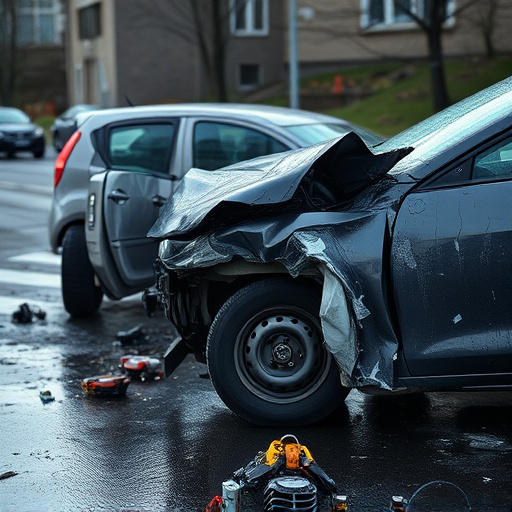
Training methods play a pivotal role in honing staff skills for trim restoration collision techniques. Interactive workshops and hands-on simulations are effective tools to immerse trainees in real-world scenarios, allowing them to practice precision work with various materials and tools. These dynamic sessions encourage experimentation and immediate feedback, fostering adaptability in handling different vehicle damage types.
Incorporating advanced training technologies further enhances learning outcomes. Computer-aided design (CAD) software enables digital mockups of collision damage, offering a safe environment for staff to master frame straightening and trim restoration techniques without risk of physical harm or material waste. This digital approach aligns with modern car repair shop standards, ensuring technicians are equipped with the latest skills in collision repair.
Practicing Realistic Scenarios for Mastery
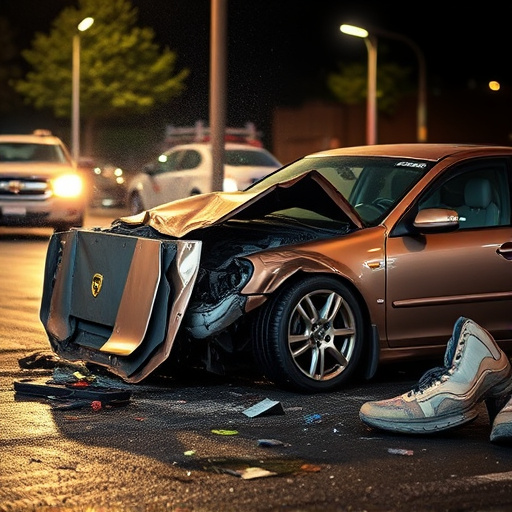
To master trim restoration collision techniques, staff training should include ample practice with realistic scenarios. Simulating various fender bender situations and other automotive collision repairs allows employees to gain practical experience in a controlled environment. By replicating different types of damage, from minor dents to more complex panel replacements, technicians can hone their skills and develop consistency in their work.
Realistic scenario training enhances problem-solving abilities and fosters innovation within vehicle repair services. It also prepares them for the diverse range of collisions they may encounter daily. Through this immersive learning approach, automotive collision repair professionals can achieve a higher level of proficiency, ensuring superior trim restoration outcomes for every customer.
Effective trim restoration collision techniques are invaluable in the automotive industry, ensuring vehicles return to their pre-collision condition. Through a combination of understanding basic principles, utilizing advanced training methods, and practicing realistic scenarios, staff can achieve mastery in trim restoration. By implementing these strategies, collision centers can elevate their service quality, reduce repair times, and ultimately enhance customer satisfaction, making them leaders in the field of trim restoration collision.
